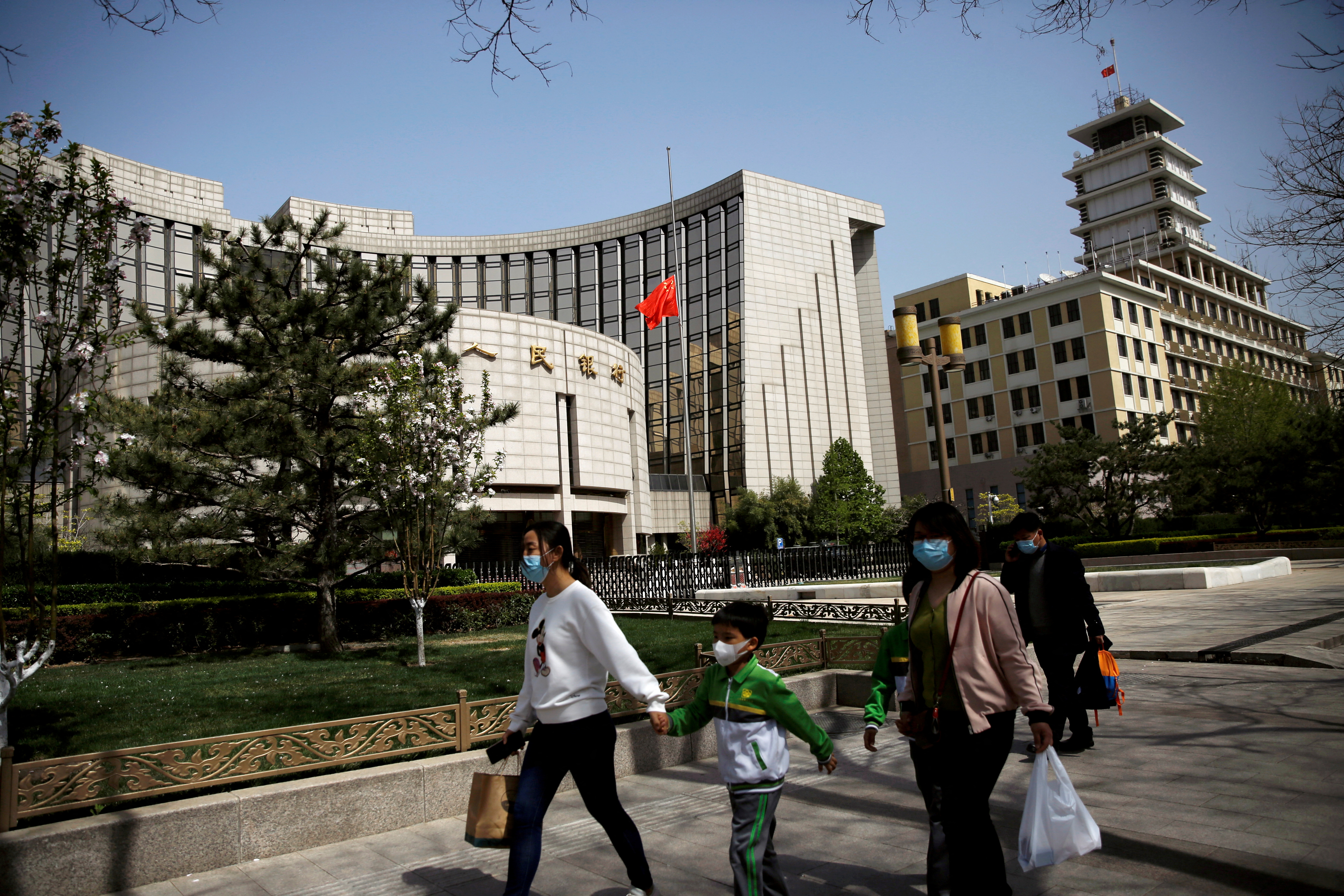Chinese banks cut borrowing costs for first time in 20 months
Sign up now: Get ST's newsletters delivered to your inbox

The move follows the PBOC's action earlier this month to cut the amount of cash banks must hold in reserve.
PHOTO: REUTERS
Follow topic:
BEIJING (BLOOMBERG) - Chinese banks lowered borrowing costs for the first time in 20 months, providing support to an economy showing strain from a property slump and sporadic virus outbreaks.
The one-year loan prime rate was set at 3.8 per cent versus 3.85 per cent in November, the first reduction since April 2020, according to a statement from the People's Bank of China (PBOC) on Monday (Dec 20).
The move follows the PBOC's action earlier this month to cut the amount of cash banks must hold in reserve, which freed up 1.2 trillion yuan (S$257 billion) of cheap long-term funds for banks.
The five-year loan prime rate, a reference for mortgages, was unchanged at 4.65 per cent.
The CSI 300 Real Estate Index climbed as much as 2.1 per cent at 9.49am in Shanghai. Gemdale and China Merchants Shekou Industrial Zone led the gains, each rising at least 3.7 per cent.
"The cut reinforces our view that China's authorities are increasingly open to the possibility of an interest-rate cut amid looming headwinds to the economy," said Mr Xing Zhaopeng, senior China strategist at Australia & New Zealand Banking Group.
There will be another reserve requirement ratio (RRR) cut early next year amid mounting credit risks in the property sector, he said.
Two cuts of banks' RRR this year have lowered banks' annual capital costs by 28 billion yuan in total, and this has been enough for banks to lower the loan prime rate (LPR), according to Mr Bruce Pang, head of macro and strategy research at China Renaissance Securities Hong Kong.
"Commercial banks have accumulated sufficient momentum to lower their key benchmark for loan interest rates, and their historically low net-interest margin is no longer a hindrance," said Mr Pang.
The next window for monetary easing could be late January, when the PBOC could cut the RRR, rates or roll out structural tools, he said.
The LPR has been considered China's de facto benchmark funding cost since a reform in 2019. It is based on the interest rate for one-year loans that 18 banks offer their best customers, and is reported in the form of a spread over the interest rate on the central bank's medium-term lending facility.
With the PBOC having kept the rate on its medium-term loans unchanged last week, most economists polled by Bloomberg had expected the LPR to remain steady as well.
Still, the chorus for a rate cut has grown louder recently as Beijing shifted its focus to stabilising economic growth. Interest rate swaps also showed traders had been betting the LPR would soon be cut.
"It is a small surprise since the PBOC left the one-year MLF rate unchanged last week. It suggests banks are setting the one-year LPR based on their own judgment," said Mr Qi Gao, a strategist at Bank of Nova Scotia.

